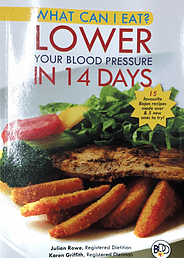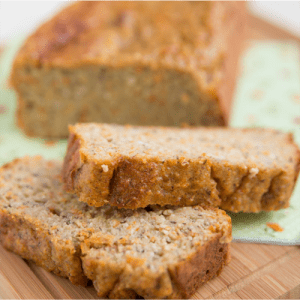What is sauerkraut? It’s fermented cabbage that’s crunchy and a bit zingy (the longer it ferments the stronger the taste). The process of fermentation is one that leads to the benefits derived from sauerkraut and other fermented foods.
Sauerkraut can be used as a side dish to your meal, to top your salad or sandwich or as an addition to avocado toast or guacamole. It can be an acquired taste. So why are we talking about Sauerkraut today?
Greater consumption of total and raw or short-cooked cabbage or sauerkraut foods, during both adolescence and adulthood, was associated with a significantly lower breast cancer risk. The scientists in this study concluded that their findings contributed to the growing literature suggesting a protective effect for cruciferous vegetable intake, on breast cancer risk. (Pubmed.Gov, 2022) This was the result of a study that looked at the incidence of breast cancer occurrence amongst Polish women who had migrated to the United States.
Sauerkraut contains high levels of glucosinolates, which have been shown to have anti-cancer activity in laboratory research. Glucosinolates are sulfur-and nitrogen-containing compounds found in many plants and vegetables and are derived from amino acids and glucose. It is thought that these glucosinolates work at different stages to inhibit cancer growth within the human cell.
Several published studies have also suggested that consuming sauerkraut is connected with a reduction in breast cancers as well as highlighting the role of sauerkraut juices on key enzymes involved in estrogen metabolism. Sauerkraut is also a natural source of probiotics, which can help to boost immunity; it contains the bacteria lactobacillus. Studies also found that fermented kraut juice has antifungal and antibacterial properties.
If you are intending to try Sauerkraut but you are hesitant because of the salt content, make your own rather than purchasing a commercial one.
See our recipe for how to make your kraut at home.
Nutrition facts (2 tablespoons)
Calories: 6.2
Carbohydrates: 1.2 grams
Fibre: 0.7 grams
Protein: 0.3 grams
Total fat: 0.0 grams
Sodium: 86.2 mg (4% DV)
Reference (nutritiondata.self.com, 2022)
Sauerkraut
Ingredients
2 ½ lb head of cabbage
1 ½ to 2 teaspoons salt per pound of cabbage
Method
- Weigh your cabbage to see how much salt you should use.
- Remove the outer leaves of your cabbage and any that are damaged, discard. Cut out the core and rinse the cabbage well, allowing the water to flow between the cabbage leaves. drain well.
- Reserve 1 outer leaf. thinly shred the remaining cabbage with a knife or food processor. place in a large bowl. sprinkle the calculated amount of salt over the cabbage and toss well. let sit for 15 minutes.
- Massage the cabbage with your hands for 5 minutes. The cabbage should release a good amount of liquid during this time.
- Pack the cabbage firmly into a very clean glass quart jar. Pour the liquid that was released during kneading on top. Cut a circle the same diameter as your jar out of the reserved cabbage leaf. Place it on top of the packed-down cabbage. Place a weight on top of the cabbage to ensure that it stays under the brine. If the brine doesn’t completely cover the cabbage and weight, top off with a 2% solution of salt water (1 teaspoon salt per cup of water).
- Screw a plastic lid onto the jar. Place the jar in a rimmed pan (to catch any overflow) and allow to ferment at room temperature until the kraut is as sour as you like it. This can take anywhere from 1–4 weeks.
- After it’s done fermenting, store the Sauerkraut in the refrigerator.






